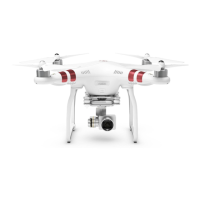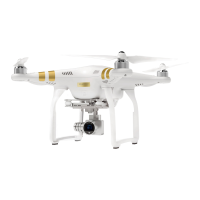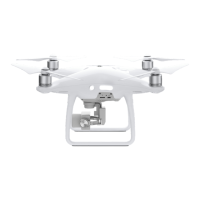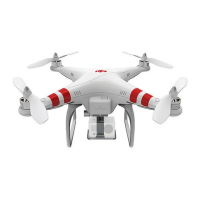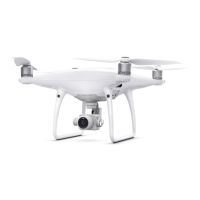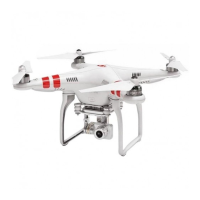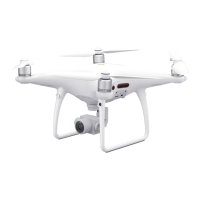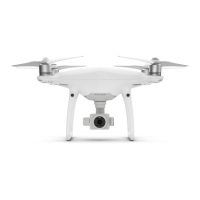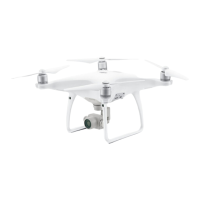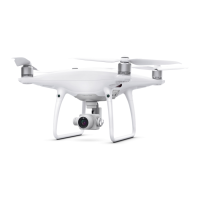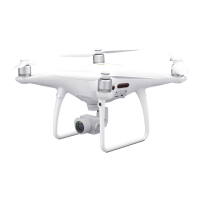In-Command must cover the criteria listed below. If any crew members feel unable to complete their
assigned tasks or have reservations about the flight operation then they must make their concerns known at
this briefing:
Check that all relevant and required crew members are present.
Issue identification badges and fluorescent vests if required
Advise crew of Take-Off, Landing, Emergency and Operating areas.
Confirm flight plan with the crew.
Advise the crew on timescales. (expected flight times, durations and quantities)
Ensure all crew members are aware of their individual responsibilities.
Ensure crew are familiar with the Emergency Procedures and have emergency contact numbers.
Ensure Observer is familiar with the failsafe function.
Check that the crew are happy to proceed.
Issue Two Way radio communication devices if required and state channel to use
26. Crew Clothing
All Leicester Drones flight crew members should check the weather forecast before the planned flight
operation and bring suitable clothing and footwear to the operating site. Whilst on site Leicester Drones
identification badges must be worn at all times. During flight operations, each individual member of the
flight crew must wear high visibility clothing clearly stating their role i.e. Pilot, Observer, Payload Operator
etc.
27. Cordon Procedure
The Pre-Site Assessment should have identified if a cordon is required but the Leicester Drones Pilot-In-
Command will confirm if a cordon is required. If large numbers of the public are expected then a cordon
should be established fifty metres around the planned flight path. This cordon should be set out using cones
and safety tape. Signs should be placed every ten metres advising members of the public that UAS flight
operations are in progress. Extra spotters may be required to be positioned at gates or on public footpaths
to advise members of the public about the dangers of entering the area. Gates may be closed, access may be
restricted but spotters may not detain any members of the public or prevent them from accessing public
rights of way. The spotters are there to advise on the dangers of entering restricted areas and to advise the
Observer about public encroachments.
If the location is set in a more rural area then a local cordon around the take-off and landing area may be
utilised, this can be as little as four cones set out into a five metre square.
It is the responsibility of the Spotter to ensure that the Observer is aware of any encroachment from a
member of the public. The Observer in turn will advise the Pilot-In-Command of any encroachments. This
process will ensure that the Pilot-In-Command remains focused on operating the aircraft.
28. Aircraft Communications
As part of the On-Site assessment survey the Leicester Drones Pilot-In-Command will check the available
satellite coverage using the mobile GPS signal application GPS TEST. Consideration to ‘Dilution of Precision’
must be given into account; seven satellites over a good spread (not all next to each other) are required for
the planned flight operations to proceed. Consideration should be given to buildings and structures which
could block or distort the GPS / GNSS signal. It should be noted that if the satellite coverage is not sufficient
for the aircraft to attain a 3D fix the fail safe function will not operate. The audio visual link should be tested
at the earliest convenience and if any interference is witnessed on the 2.400 GHz frequency another channel
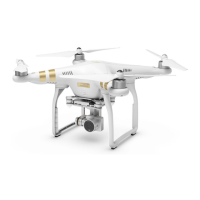
